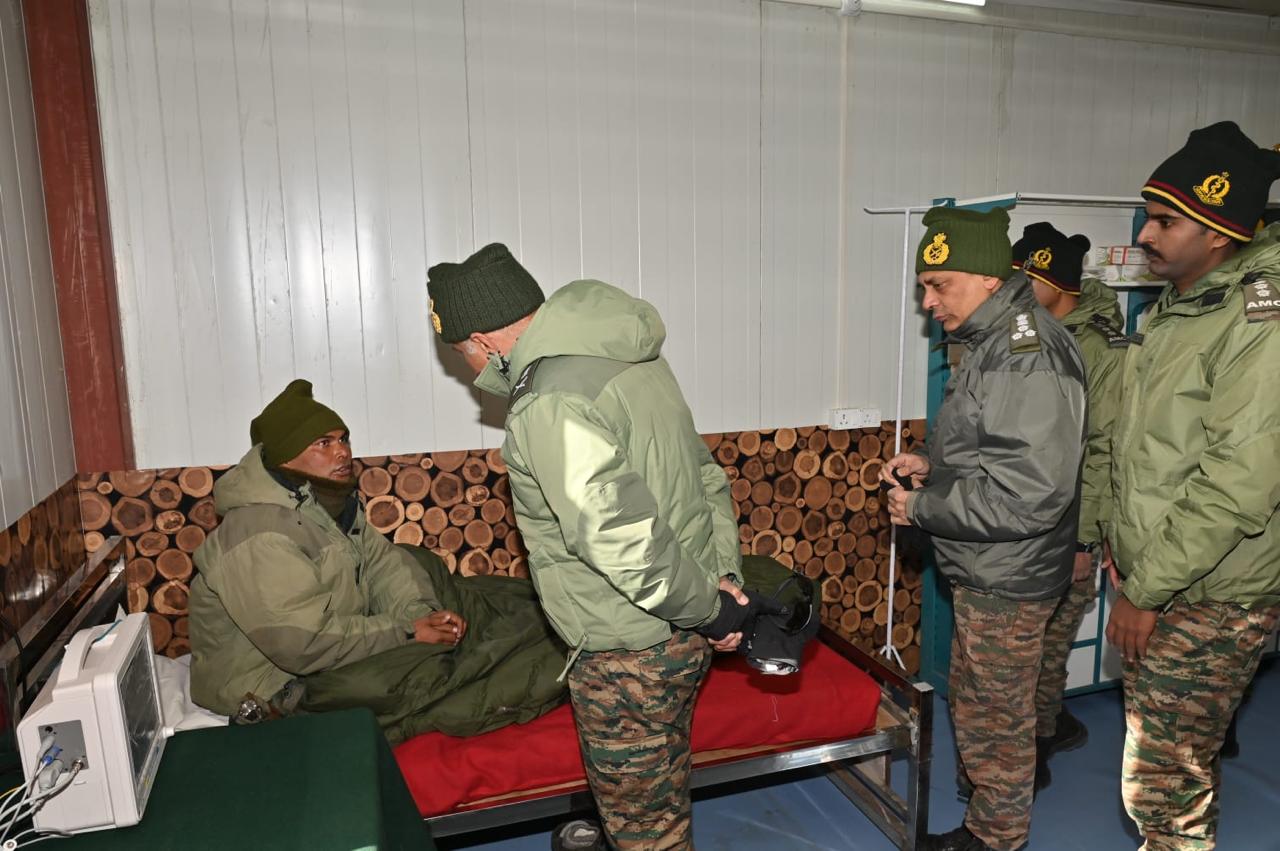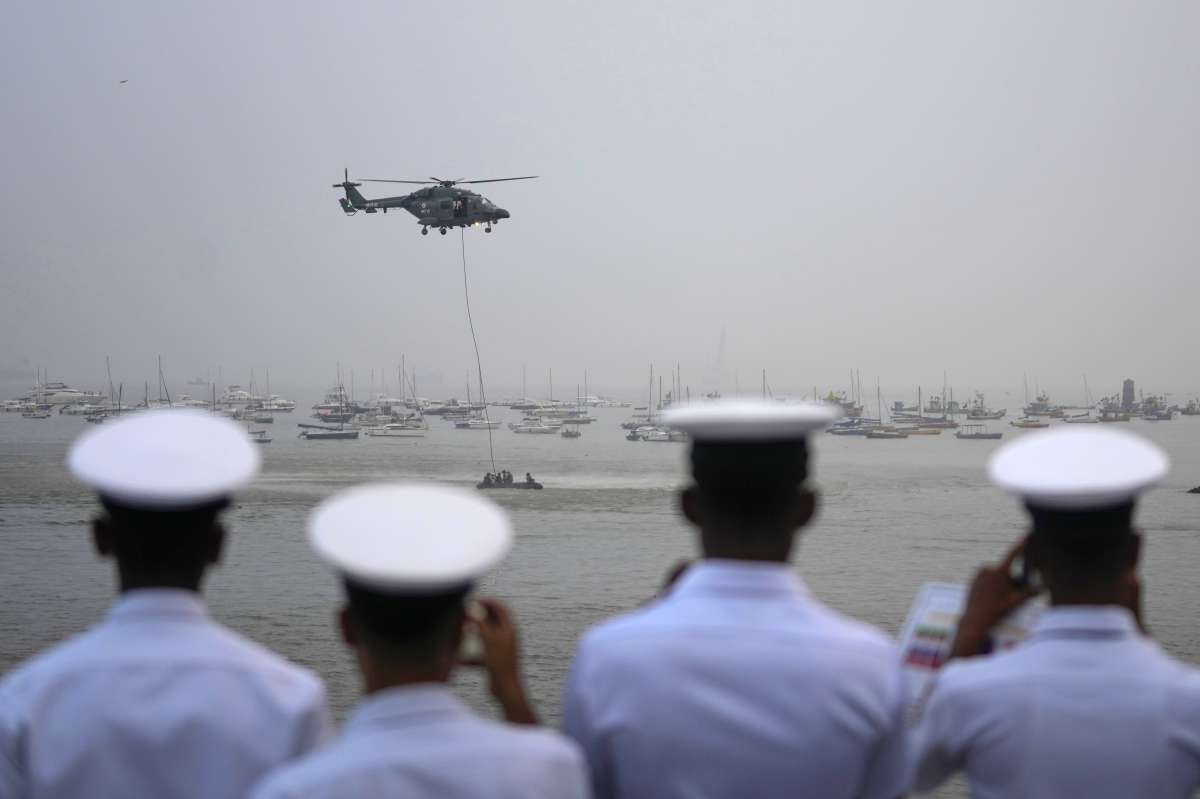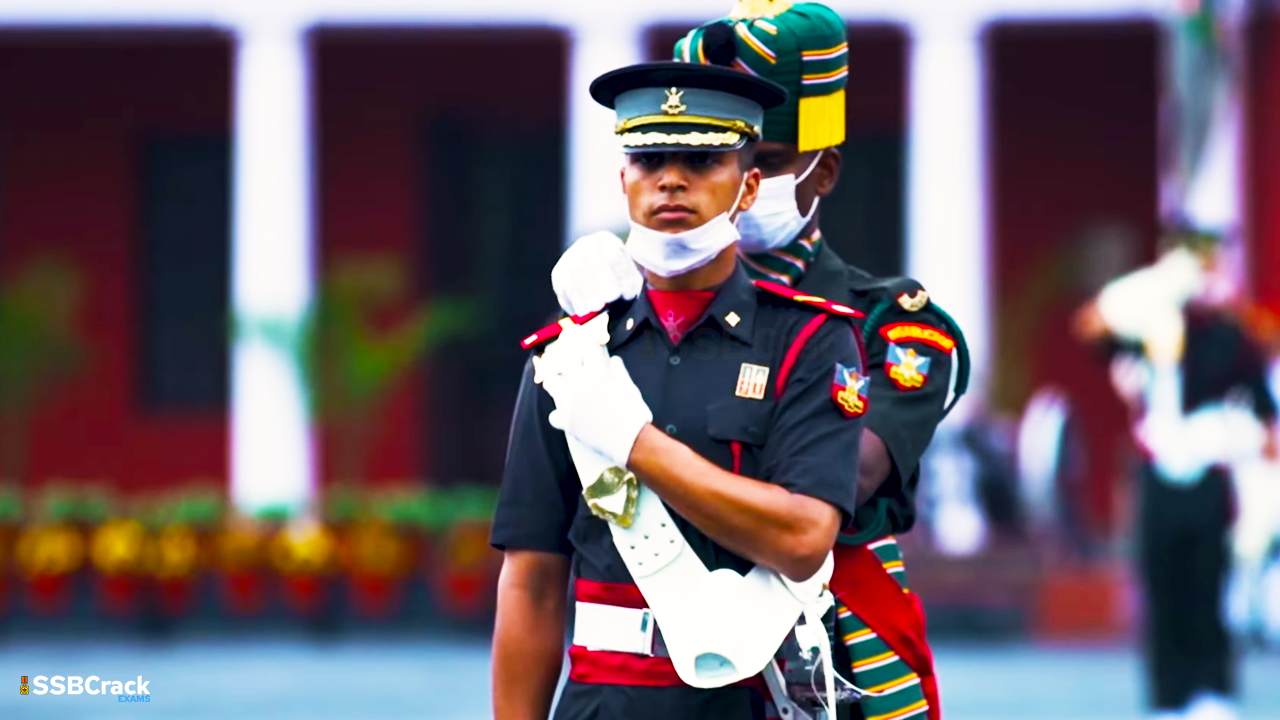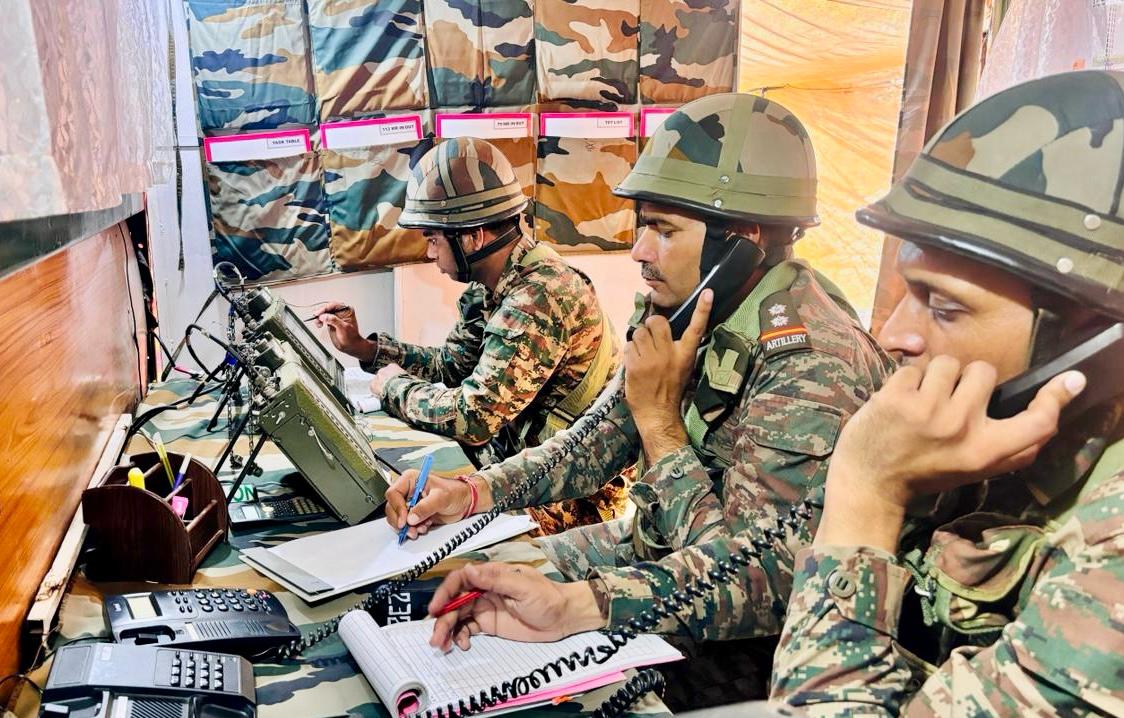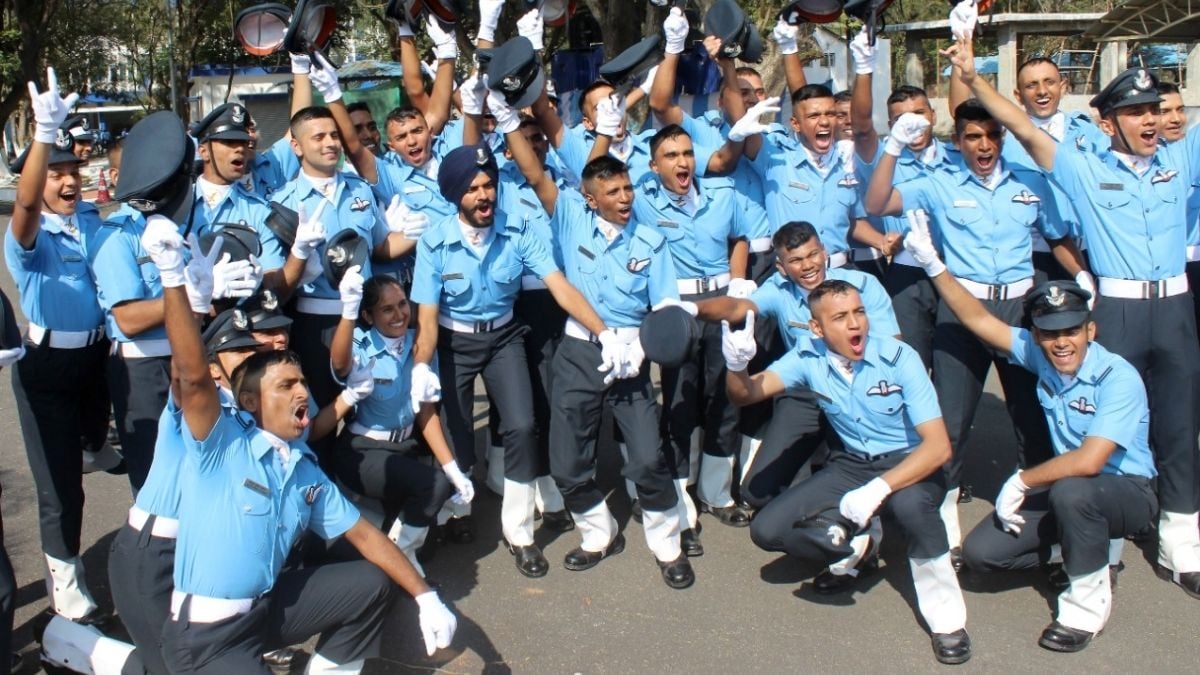Lt General Hitesh Bhalla Inaugurated Medical Facility at Hanle
A state-of-the-art medical facility was inaugurated by Lieutenant General Hitesh Bhalla, SC**, SM, VSM, General Officer Commanding (GOC) of the…
Indian Navy SSC Officer Recruitment 2025 Notification Released for 15 Posts in Information Technology
The Indian Navy has announced the recruitment notification for the Short Service Commission (SSC) in Information Technology, specifically targeting the…
TGC 141 Cut Off Marks Indian Army
The Indian Army has released the cutoff marks for the Technical Graduate Course (TGC)-141, scheduled for July 2025. This course…
TGC 141 SSB Interview Dates Out Now
The SSB interview dates for the Technical Graduate Course (TGC)-141, scheduled for July 2025, have been announced. The Date Selection…
Golden Katar Division Enhances Readiness in Rajasthan
The Warriors of the Golden Katar Division are undergoing intense mission-oriented training in the challenging deserts of Rajasthan. This exercise…
Air Force Academy Passing Out Parade to be Held on 14 December 2024
The Air Force Academy (AFA), Hyderabad, is all set to host the Combined Graduation Parade (CGP) on 14 December 2024.…

